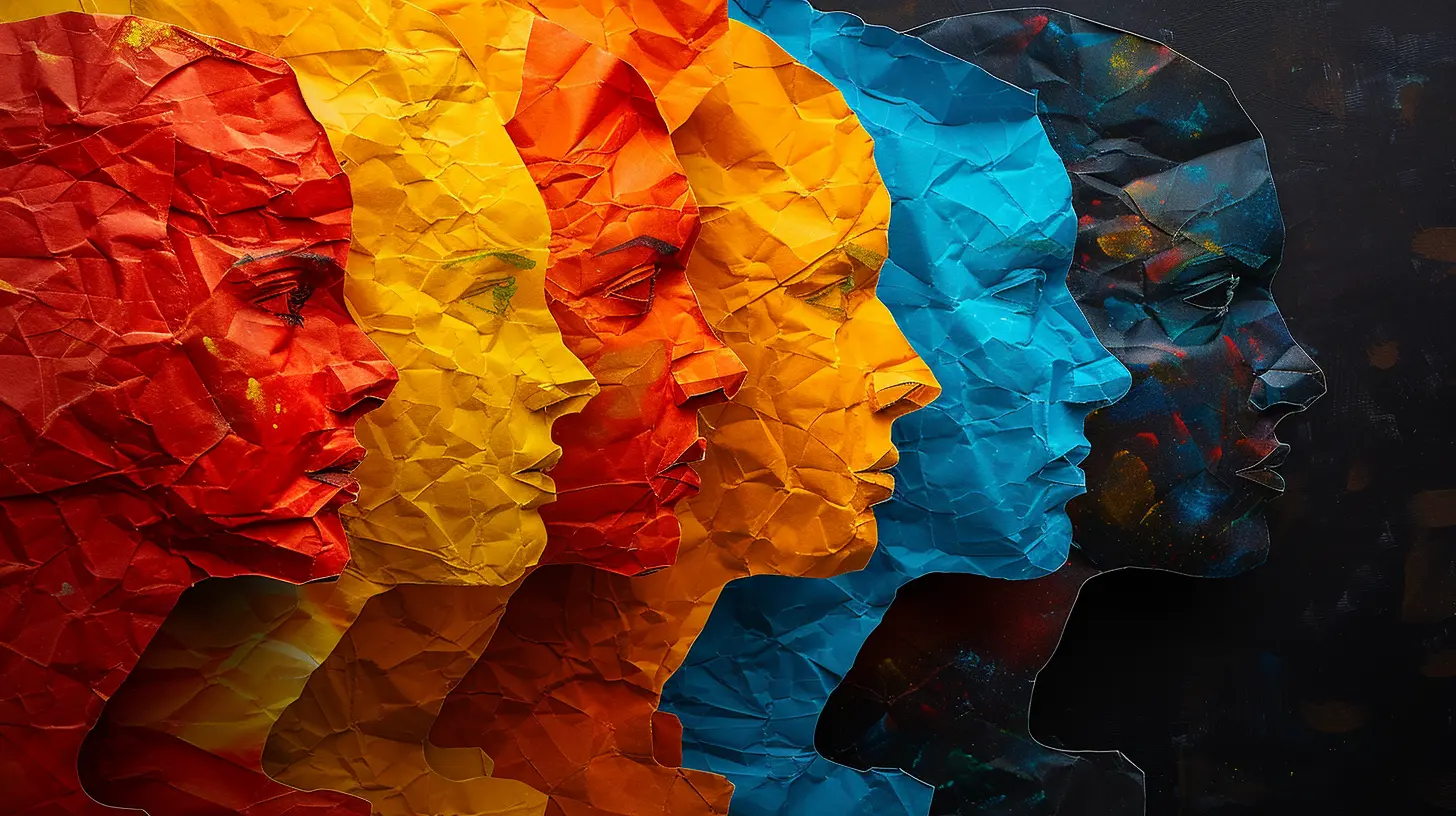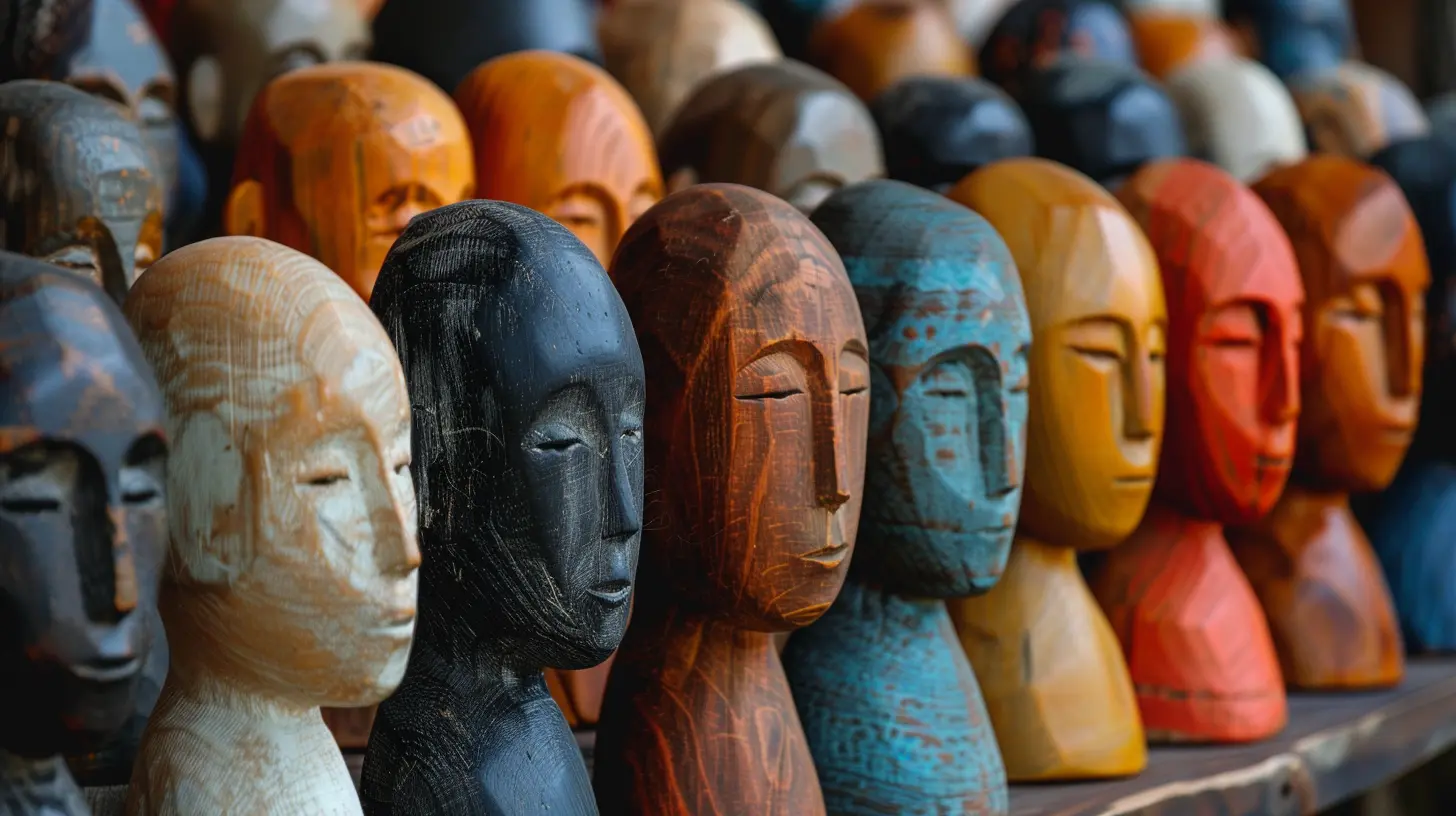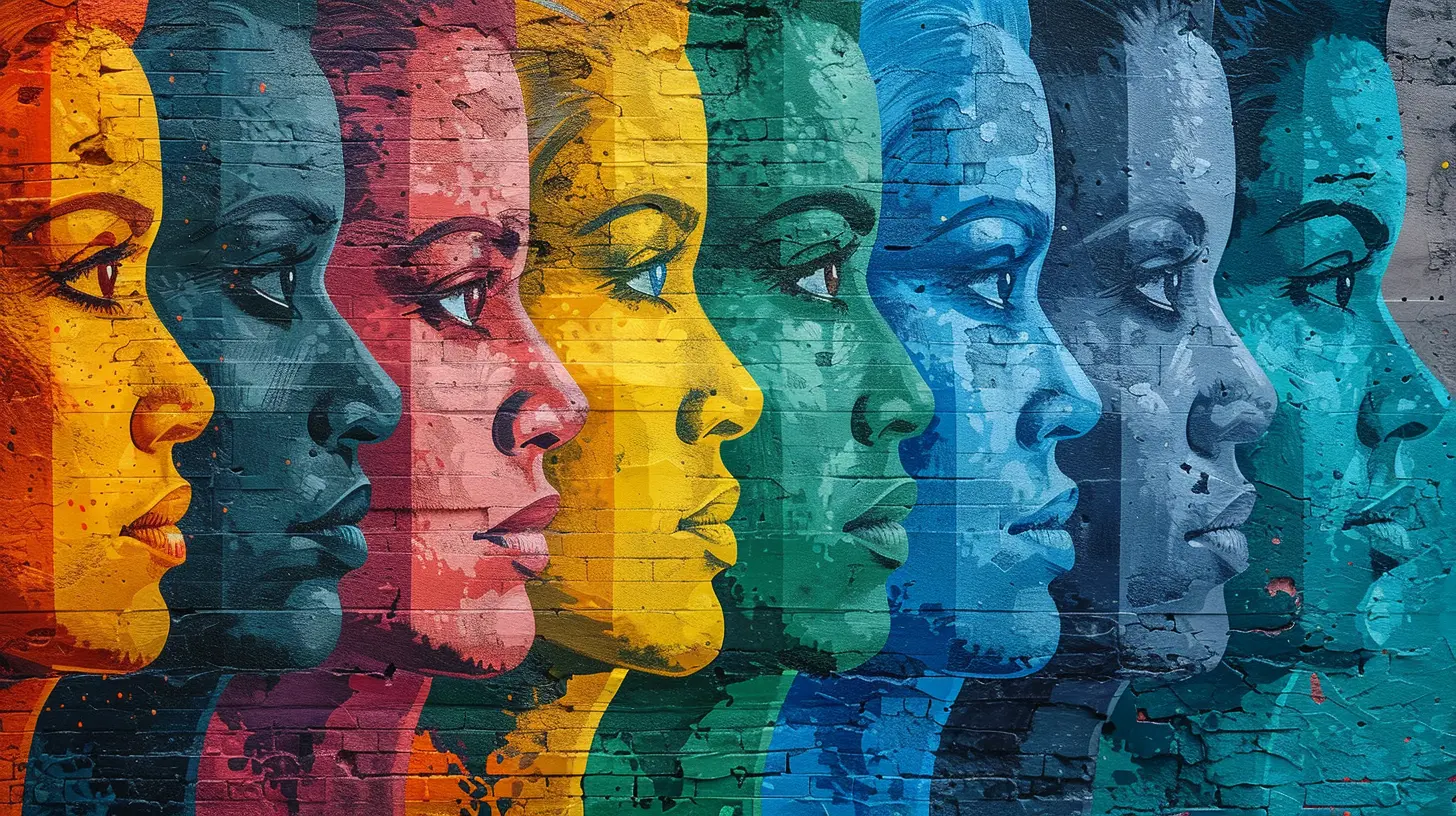The Social Psychology of Prejudice and Discrimination
4 August 2025
Prejudice and discrimination — two words that seem to pop up frequently in our daily conversations, news headlines, social media feeds, and even in casual chats over coffee. But what do they really mean? Why do people harbor prejudices, and how does it lead to discrimination?
Welcome to the fascinating world of social psychology, where we dive into how our thoughts, feelings, and behaviors are influenced by the actual or imagined presence of others. When it comes to prejudice and discrimination, social psychology offers a treasure trove of insights that help us understand how these attitudes and behaviors develop, thrive, and, more importantly, how we can work to dismantle them.
In this article, we’ll explore this complex issue through the lens of social psychology, taking a close look at why humans tend to categorize others, where these biases stem from, and the psychological mechanisms that fuel discriminatory behavior. By the end, you’ll have a clearer understanding of how prejudice and discrimination take root in our minds — and what we can do to combat them.
What is Prejudice?
Let’s start with prejudice. In simple terms, prejudice is an unjustified or incorrect attitude (usually negative) towards an individual based solely on their membership in a social group. It’s like judging a book by its cover, except the book is a person, and the judgment is often harmful.Prejudice can be based on various factors such as race, gender, age, religion, sexuality, and even something as seemingly trivial as what sports team someone supports. It’s not just about disliking someone; prejudice usually comes with a pre-conceived stereotype that oversimplifies the traits of the entire group.
For example, you may have heard the stereotype that "all older people are bad with technology." Is this true? Of course not! But when we allow these stereotypes to influence our attitudes, we’re engaging in prejudiced thinking.
The Three Components of Prejudice
Psychologists often break down prejudice into three components, commonly referred to as the ABC's of prejudice:1. Affective: This relates to emotions—how you feel about a certain group. For example, someone might feel anger, fear, or even disgust towards a group of people.
2. Behavioral: This describes the actions taken as a result of prejudice. For instance, avoiding people from a certain race or practicing overt discrimination in hiring decisions.
3. Cognitive: This deals with beliefs or thoughts about a particular group. Stereotypes fall under this category. For example, believing that all women are overly emotional is a cognitive component of sexism.
When you combine these three elements, you get the framework that fuels prejudice. But why do we think this way in the first place? Let’s dig deeper.
Why Do People Develop Prejudices?
It’s tempting to think that prejudiced people are just "bad" or "ignorant," but the story is more complicated. Prejudice is deeply rooted in our psychology and social environment. In fact, it’s somewhat natural for humans to categorize the world into "us" vs. "them." This tendency is known as social categorization, and it plays a significant role in the formation of prejudice.Social Categorization
Humans have a tendency to sort people into groups based on characteristics like race, gender, and age. This is a cognitive shortcut that helps us process information more efficiently. Our brains like to save energy, and by categorizing people, we don’t have to analyze every individual we meet in great depth. Sounds practical, right?However, this mental shortcut comes with a downside: it leads to in-group favoritism and out-group bias. In other words, we tend to favor people who are similar to us (our in-group) and hold negative attitudes toward those who are different (the out-group).
For instance, if you’re a fan of the local football team, you might have a favorable bias toward fellow fans and a less favorable attitude toward supporters of the rival team. The same psychological mechanism applies to more serious divisions, like race or nationality.
The Role of Stereotypes
Stereotypes are the cognitive side of prejudice. They are oversimplified generalizations about a group of people. While some stereotypes may seem harmless (like "Asians are good at math"), they can perpetuate harmful beliefs and justify discriminatory actions.People often rely on stereotypes because they provide a simplified way to understand complex social environments. Think of stereotypes as the "fast food" of human thought: quick, convenient, but not very nutritious.
But here’s the catch — stereotypes are often wildly inaccurate. They reduce individuals to a single characteristic (or a few), ignoring the rich diversity within any group. And once these stereotypes are deeply ingrained, they can lead to confirmation bias — the tendency to only notice information that confirms your pre-existing beliefs while ignoring evidence that contradicts them.
What is Discrimination?
Now that we’ve covered prejudice, let’s explore discrimination. While prejudice refers to negative attitudes, discrimination involves actions that treat people unfairly based on their group membership. It’s when prejudice moves from thoughts to behavior.Discrimination can manifest in various ways, from overt actions like racial slurs or refusing to hire someone, to more subtle forms like avoiding sitting next to someone on the bus because of their race or gender. These seemingly small actions may seem trivial, but they contribute to a larger system of inequality.
Types of Discrimination
1. Direct Discrimination: This occurs when someone is treated less favorably because of a characteristic like race, age, gender, or religion. For example, if an employer refuses to hire someone simply because they are a woman, that’s direct discrimination.2. Indirect Discrimination: This is harder to spot. It happens when policies or practices that appear neutral on the surface have a disproportionate negative effect on certain groups. For instance, a company might have a rule that all employees must work on Saturdays, which could discriminate against employees who observe religious Sabbath on that day.
3. Institutional Discrimination: This is when discrimination is built into the structure of society’s institutions, like the legal system, education, or housing. For example, racial profiling by law enforcement is a form of institutional discrimination.
The Psychological Mechanisms Behind Prejudice and Discrimination
So, what makes us act on these prejudices and engage in discriminatory behavior? Social psychologists have identified several mechanisms that can explain this:Confirmation Bias
As mentioned earlier, confirmation bias is the tendency to seek out and focus on information that confirms our existing beliefs while ignoring anything that disproves them. This can reinforce stereotypes and make it difficult to overcome prejudiced thinking.For example, if you believe that "all teenagers are lazy," you’ll likely remember the time when your 16-year-old neighbor slept until noon, but forget the time they volunteered at a charity event.
Group Identification
Humans are social creatures, and we love belonging to groups. But this can lead to in-group favoritism, where we favor members of our own group, and out-group hostility, where we treat outsiders with suspicion. This is often referred to as "us vs. them" thinking, and it’s a major driver of prejudice and discrimination.Scapegoating
When people are frustrated or feel powerless, they sometimes look for a group to blame for their problems — this is called scapegoating. Historically, minority groups have often been used as scapegoats during times of economic downturn or social unrest. For example, immigrants are often blamed for "taking jobs" during periods of high unemployment, even when there is no evidence to support this claim.The Authoritarian Personality
Some people are more prone to prejudice due to their personality traits. Psychologist Theodor Adorno introduced the concept of the authoritarian personality, which describes individuals who have a strong need for order, conformity, and authority. People with this personality type are more likely to harbor prejudiced views and support discriminatory practices.Combating Prejudice and Discrimination
Now that we know how prejudice and discrimination develop, the question becomes: What can we do about it?Education and Awareness
One of the most effective ways to combat prejudice is through education and raising awareness. When people are exposed to new information, they can challenge their own stereotypes and biases. For instance, learning about different cultures or interacting with people from diverse backgrounds can help break down prejudiced beliefs.Contact Hypothesis
The contact hypothesis is the idea that under certain conditions, direct contact between members of different groups can reduce prejudice. However, this contact must be positive and involve cooperation toward a shared goal. For example, schools or workplaces that encourage teamwork among diverse groups can help reduce in-group and out-group bias.Perspective-Taking
Another effective strategy is perspective-taking, which involves putting yourself in someone else’s shoes. When you try to see the world from the perspective of someone who belongs to a different group, it can help generate empathy and reduce prejudiced attitudes.Final Thoughts
Prejudice and discrimination are complex issues that stem from a mix of cognitive biases, social categorization, and external influences. While it’s natural for humans to categorize others, it’s crucial to recognize and challenge our biases if we want to create a more just and inclusive society.The good news? Change is possible. By becoming more aware of our thoughts and actions, we can interrupt the cycle of prejudice and work toward a world where everyone is treated with respect and dignity.
all images in this post were generated using AI tools
Category:
Social PsychologyAuthor:

Gloria McVicar
Discussion
rate this article
1 comments
Bennett McTier
Thank you for shedding light on the complex dynamics of prejudice and discrimination. Understanding these social behaviors is crucial for fostering empathy and creating a more inclusive society. Your insights inspire important conversations.
August 27, 2025 at 3:59 AM

Gloria McVicar
Thank you for your thoughtful response! I'm glad you found the insights valuable for fostering empathy and inclusivity. Let's keep the conversation going!


